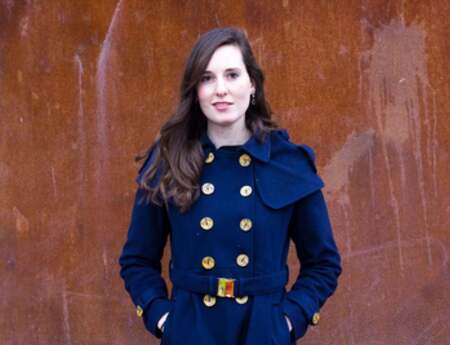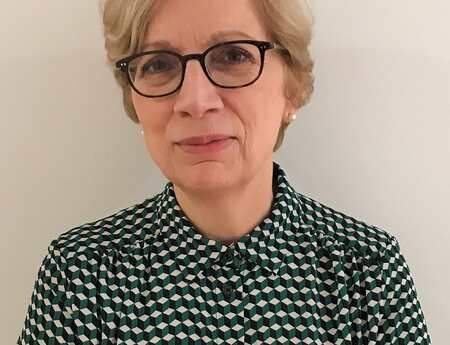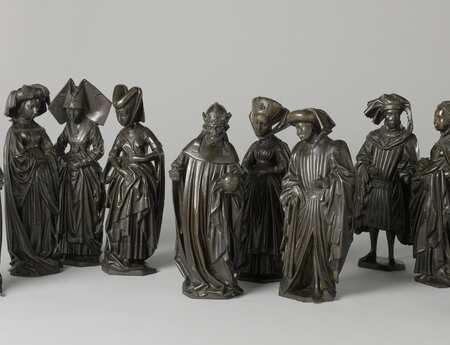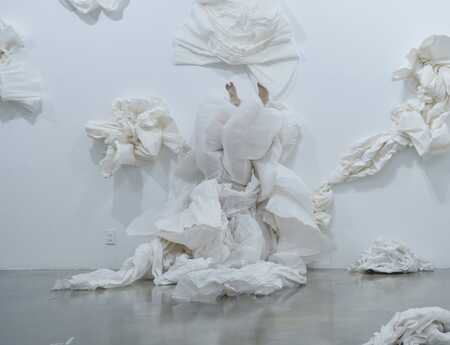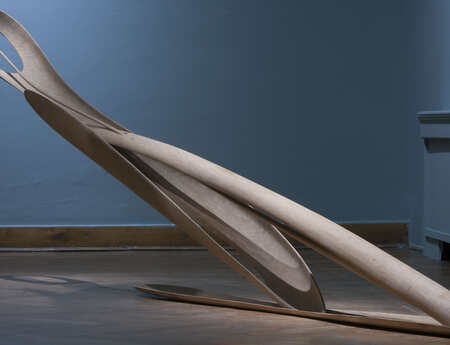The Online Club: Reinventing Oneself & Redefining Sculpture
How do you evolve from an artist educated in traditional sculpture into an artist creating contemporary installations? It was the central question of the evening posed by host and art advisor Natalia Bergmann during the Sculpture Network Online Club of 23 September 2024. She had invited three young artists that have all studied at the prestigious St. Petersburg Stieglitz Academy of Art and Design. During their presentations and the subsequent conversation it exposed the importance of their journey from their native country to a new living and working space abroad compelled by the ongoing war.
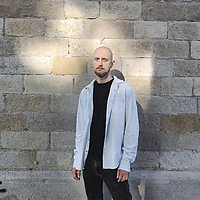
During the corona period he started to think about unsafe spaces and political instability, and how he could tie this together in his sculptures in which one image has different meanings. In his series Imaginary Oecumene one of his sculptures looks like coral, but also like a hand making a gesture that can be read in different ways depending on the culture and context it is made in. He then gets an artist-in-residence in Souillac and Saint Entienne, where he got offered the position of professor assistant at the art school. He recently developed his sculptures Hic Sunt Leones, which literally translated means “Lions live here", which means “Unknown Lands” in which he has sculpted enlarged pit and leaf.

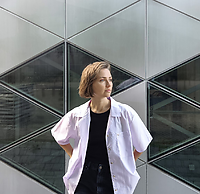
At the PRO ARTE Foundation for Culture and Arts in St. Petersburg she started to experiment with other elements such as architecture, interior and the play of light. She continued her practice abroad at the residency in Souillac, and afterwards settled down in Saint Etienne. In her recent work "So loud that you can barely hear" she experiments with interior spaces in which she attempts to turn the safe space of the interior home inside out, and reveal its fragility.
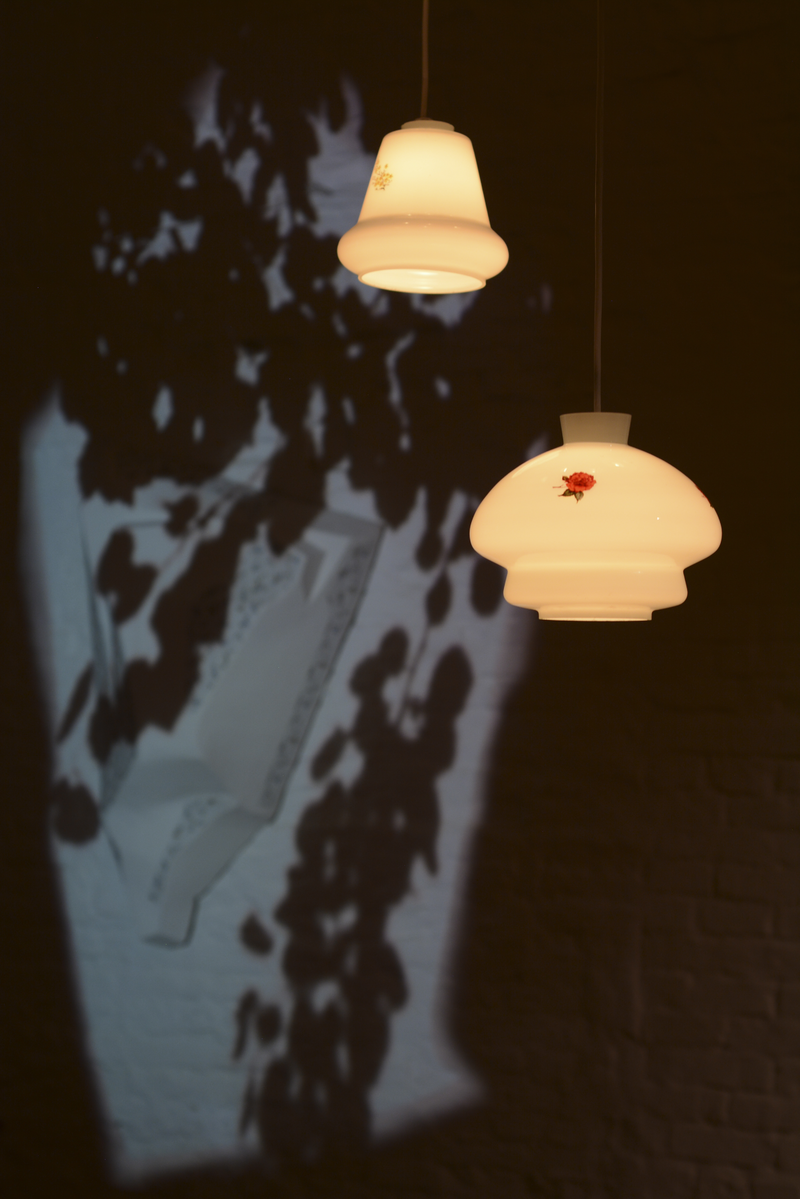
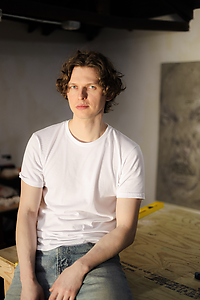
Because of the war in Ukraine Seleznev now lives in New York, while he still works on exhibitions in Saint Petersburg. At the moment he can’t go to his home country or exhibit at big museums. But he does admit that New York City suits him as there are enough art hubs in the city that you don’t need to be part of just one clique. In recent years he’s become more interested in animation, especially stop motion to evolve his sculpture further.
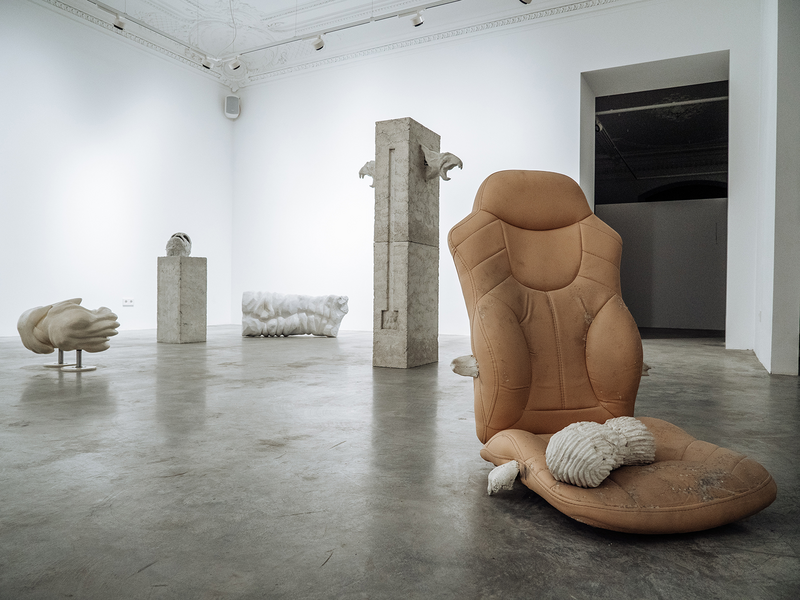
In the conversation afterwards the artists explain how their background in traditional art still influences their art as it makes it easier to understand the process of producing the work. But there are also other subjects touched upon such as how it is to settle into a new environment, and the time it takes to get to know the art infrastructure of the new country you’re working in. At the end of the evening it is summarized that having a traditional background can be seen as an asset, as in the West a lot of artists don’t possess this knowledge anymore.
The text was written by Sietske Roorda in English.


